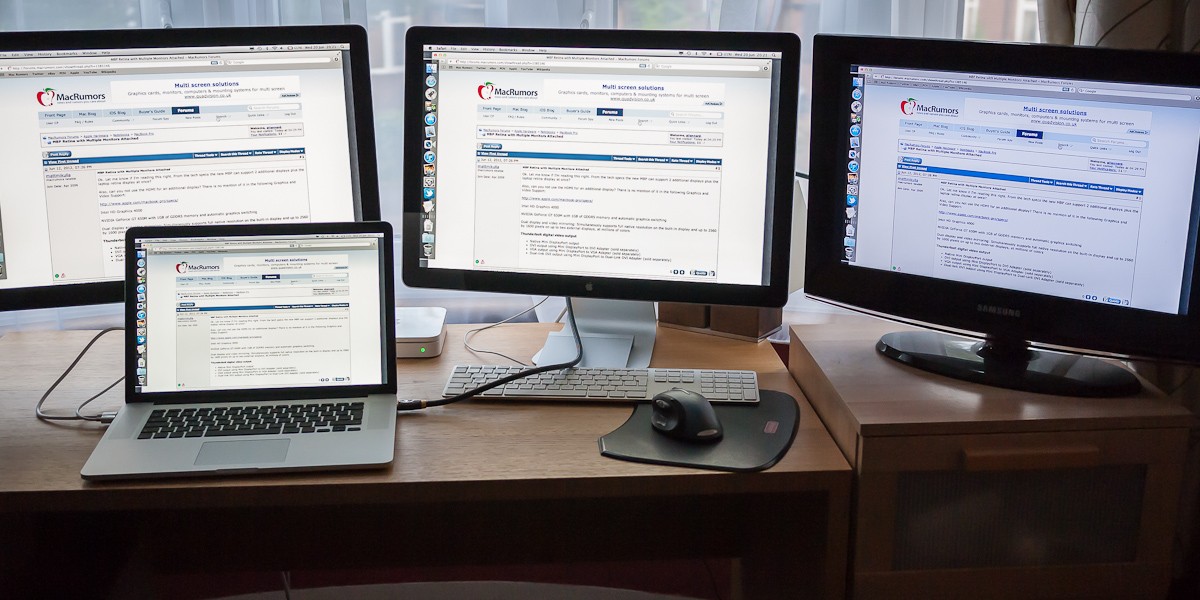

- SOLID STATE DRIVE FOR MACBOOK PRO CONNECTING POINT HOW TO
- SOLID STATE DRIVE FOR MACBOOK PRO CONNECTING POINT FOR MAC
- SOLID STATE DRIVE FOR MACBOOK PRO CONNECTING POINT PORTABLE
- SOLID STATE DRIVE FOR MACBOOK PRO CONNECTING POINT PROFESSIONAL
- SOLID STATE DRIVE FOR MACBOOK PRO CONNECTING POINT MAC
A new SSD might not be verified and initialized at first.
SOLID STATE DRIVE FOR MACBOOK PRO CONNECTING POINT MAC
The external SSD will be detected by Mac and then show it in Disk Utility, which can confirm if the SSD has any hardware problem or not.ģ. Moreover, you need to buy a disk enclosure to hold the SSD if the manufacturer doesn't give you one.Ģ. Then plug the SSD into the USB-C hub of your MacBook to continue. You need to prepare a USB-C to USB 3.0 adapter if you want to use the SSD on the latest models of MacBook Pro or MacBook Air. If you are facing such problems, this part will assistant you to mount the SSD easily.ġ.
SOLID STATE DRIVE FOR MACBOOK PRO CONNECTING POINT HOW TO
But you just don't know how to mount it on your Mac to make it work.
SOLID STATE DRIVE FOR MACBOOK PRO CONNECTING POINT PORTABLE
Bonus Part: How to mount SSD in the right wayįor some reason like lack of space and frozen system, you bought a new SanDisk extreme or other portable SSD. You should send the drive to local technicians for reparation or replace it with a new one. If the SSD is still not detected on Mac, the drive might be physically damaged. This article tells you how to erase external hard drives on Mac with the best format. How to Format an External Hard Drive on Mac? You can try selecting First Aid to repair the disk. If your SSD is still not mounting, it might be failed due to disk errors or corruption. Step 3: Turn the system back on and hold the OPTION key again and wait another 30 minutes.Īfter these steps are complete then you can try the SSD again to see if it will be mounted in Disk Utility. Step 2: After the 30 minutes shut down the computer and wait 30 seconds. Step 1: Start your system, hold the OPTION key and let it sit there for 30 minutes. It's called power cycle and you can have a try when Disk Utility doesn't see your SSD. If you can't mount the SSD in Disk Utility or the SSD is not showing up in Disk Utility, restarting your Mac might help. If the SSD shows up in the list but one of partitions is not mounted, you can right-click the partition and choose Mount button. Disk Utility will list all connected disks as long as the disk is detected, with mounted or unmounted partitions listed below. Launch Applications > Utilities > Disk Utility (or just search Spotlight for it). When an SSD won't mount, you can force mount it in Disk Utility at the very beginning. So restart your Mac computer to see if the SSD is mounted. Fortunately, some damages can be easily fixed by restarting. Sometimes, an SSD is not mounting, there are problems with macOS system. If you've got another port or another SSD case, try connecting the device to that one.ģ. Check whether the SATA and USB port are damaged. Try connecting the same device with a different cable.Ģ. Troubleshooting SSD not mounting issue on MacĪfter you rescue files from the unmountable SSD, you can then fix the 'SSD no mounting' issue on Mac without worrying about data loss.

Step 4: Have a check to ensure you have got all the lost files back. Step 3: After the scanning process is done, preview the scanning results, choose the files you need, and click " Recover" to store them in another destination. Step 2: Select the unmountable SSD and click " Search for Lost Data" to scan lost files on the drive. Step 1: Launch iBoysoft Data Recovery for Mac.
SOLID STATE DRIVE FOR MACBOOK PRO CONNECTING POINT FOR MAC
Tutorial to recover lost data from unmountable SSD on Mac with iBoysoft Data Recovery for Mac And it works fine on M1, M1 Pro, and M1 Max Mac. It can recover lost data from unreadable SSD, recover lost data from formatted SSD, unmountable SSD, corrupted SSD, etc.Īside from that, iBoysoft Data Recovery for Mac can also recover lost data from unreadable USB flash drive, hard drive, external hard drive, sd card, etc.
SOLID STATE DRIVE FOR MACBOOK PRO CONNECTING POINT PROFESSIONAL
As a professional data recovery tool, iBoysoft Mac Data Recovery is highly recommended. In this situation, if you have important data on the drive, we suggest you back up files from the unmountable SSD first. So when your SSD still won't mount due to disk corruption, your data stored on the SSD is so fragile and any operation will overwrite the original data. This is because SSDs use a new SSD TRIM technology. One essential thing you should know is that SSD data recovery is more difficult than hard drive data recovery.


 0 kommentar(er)
0 kommentar(er)
